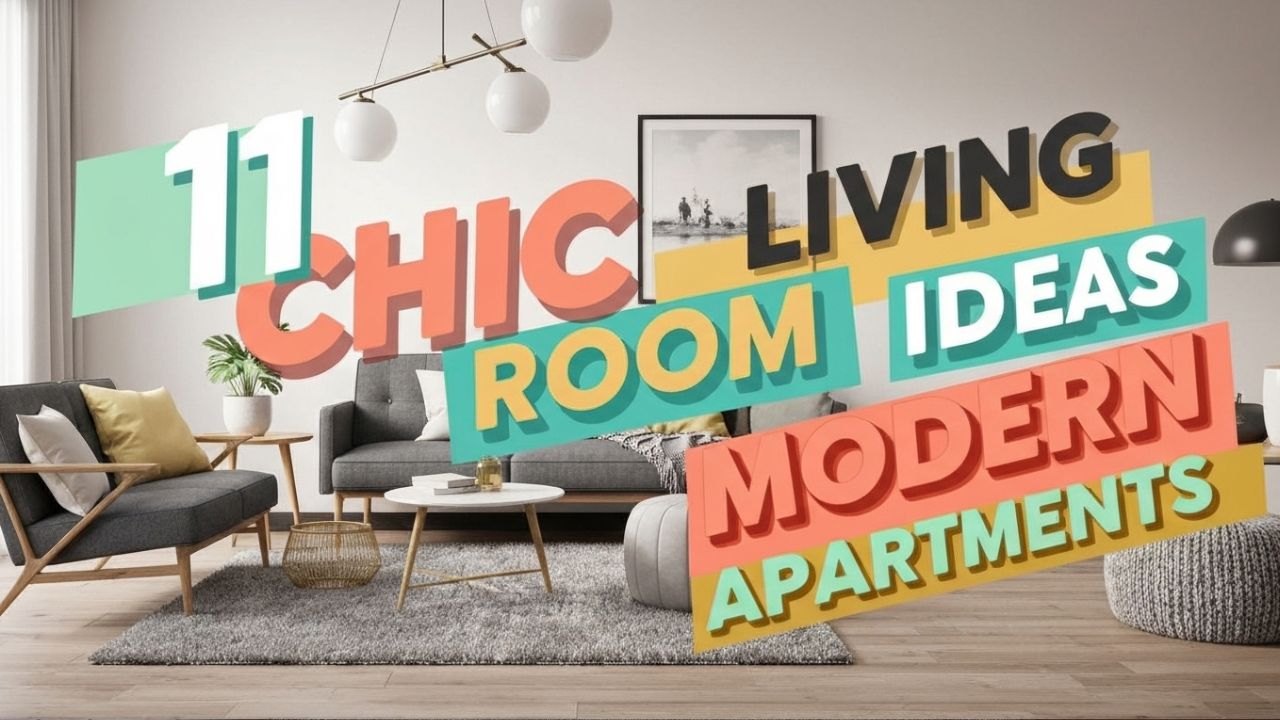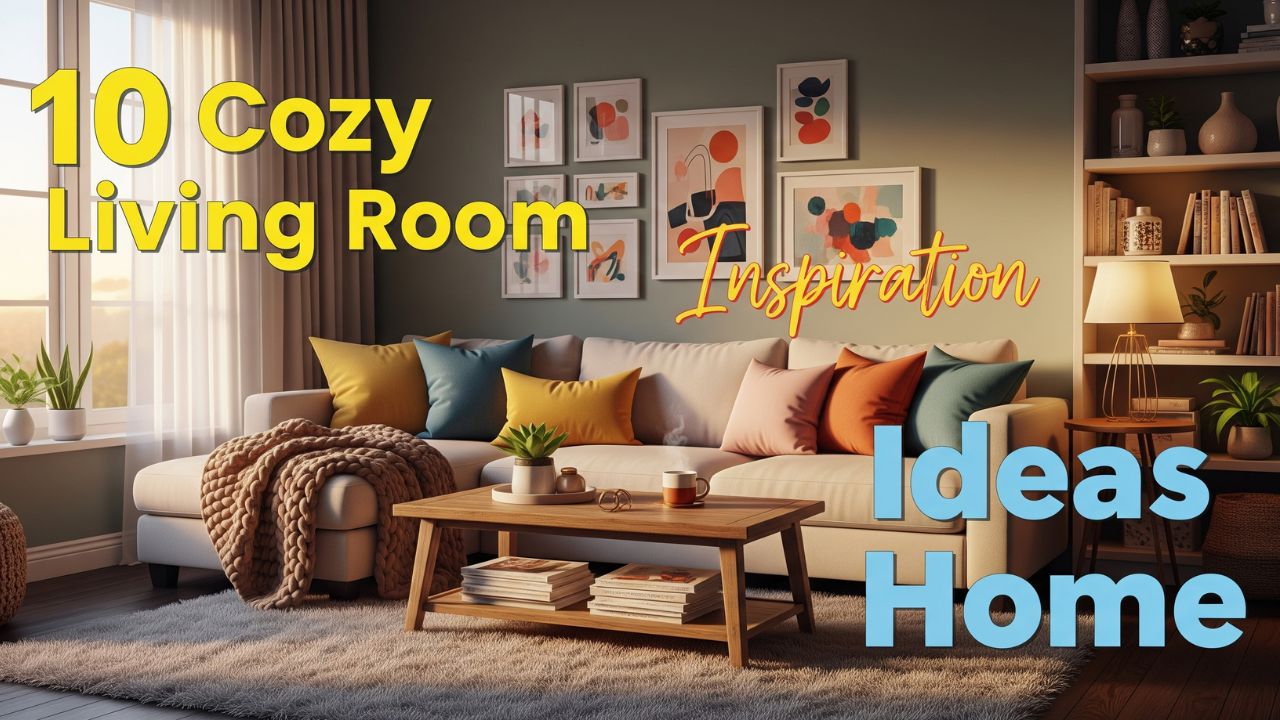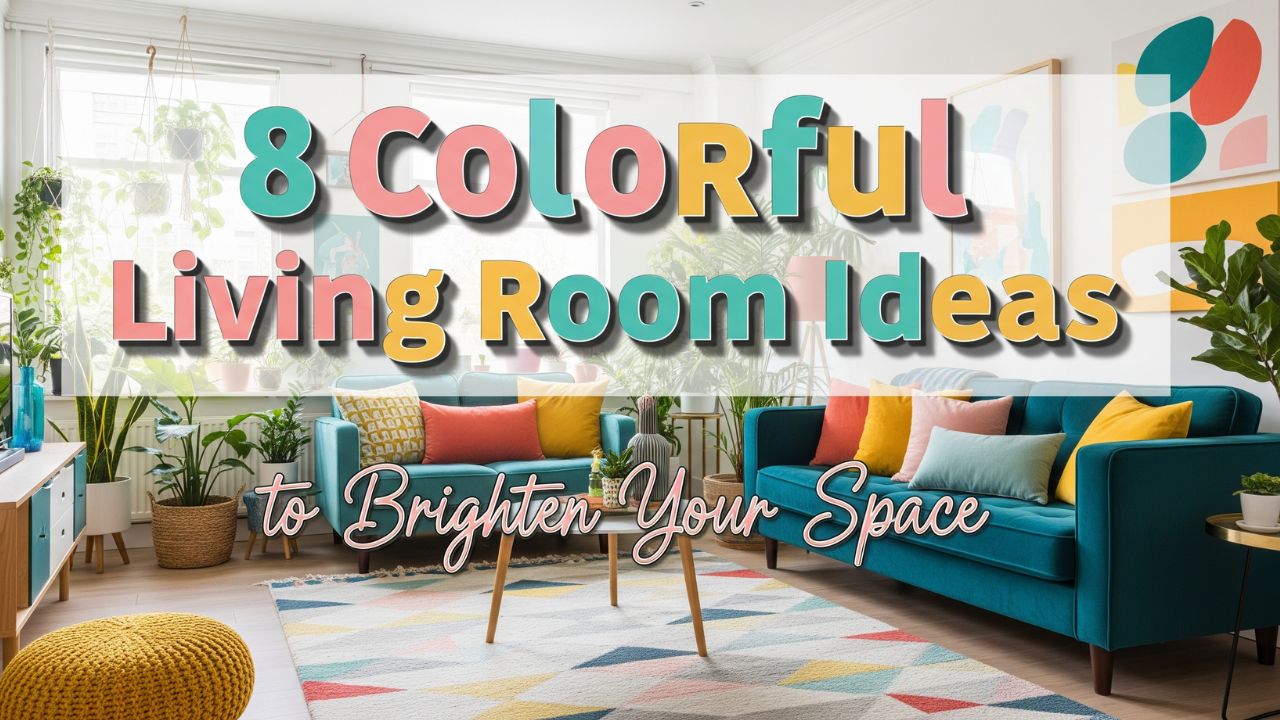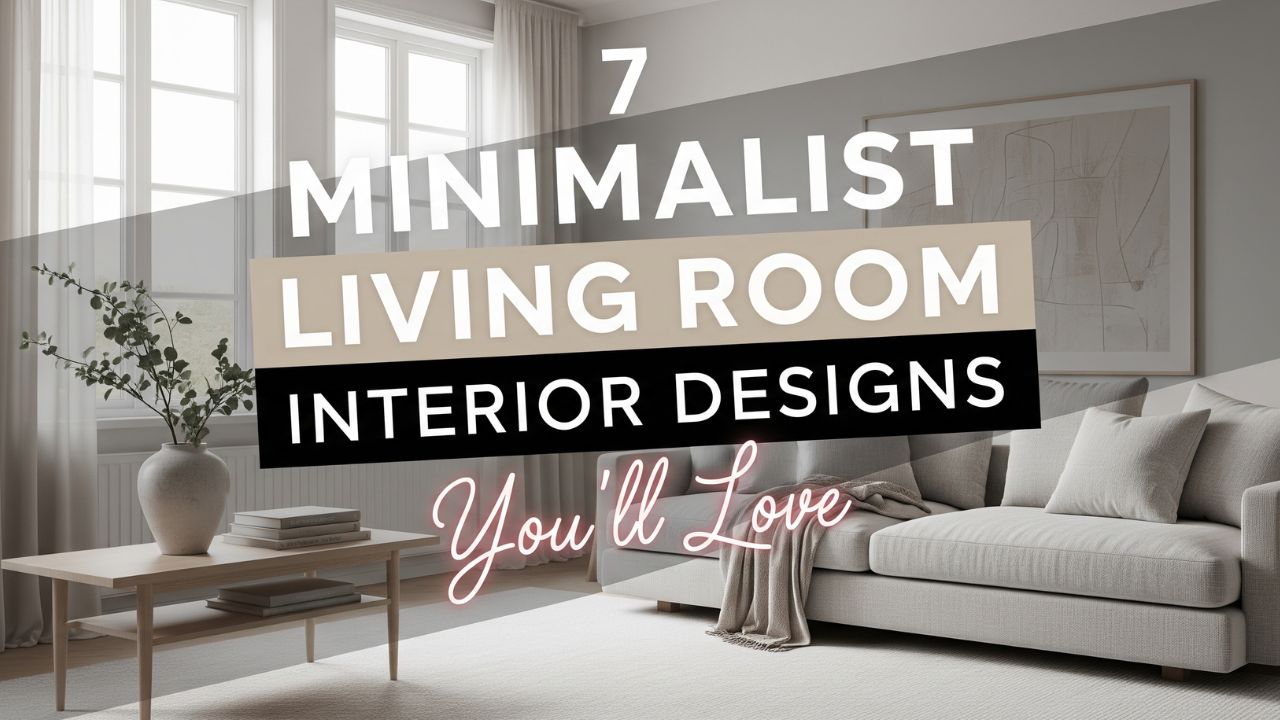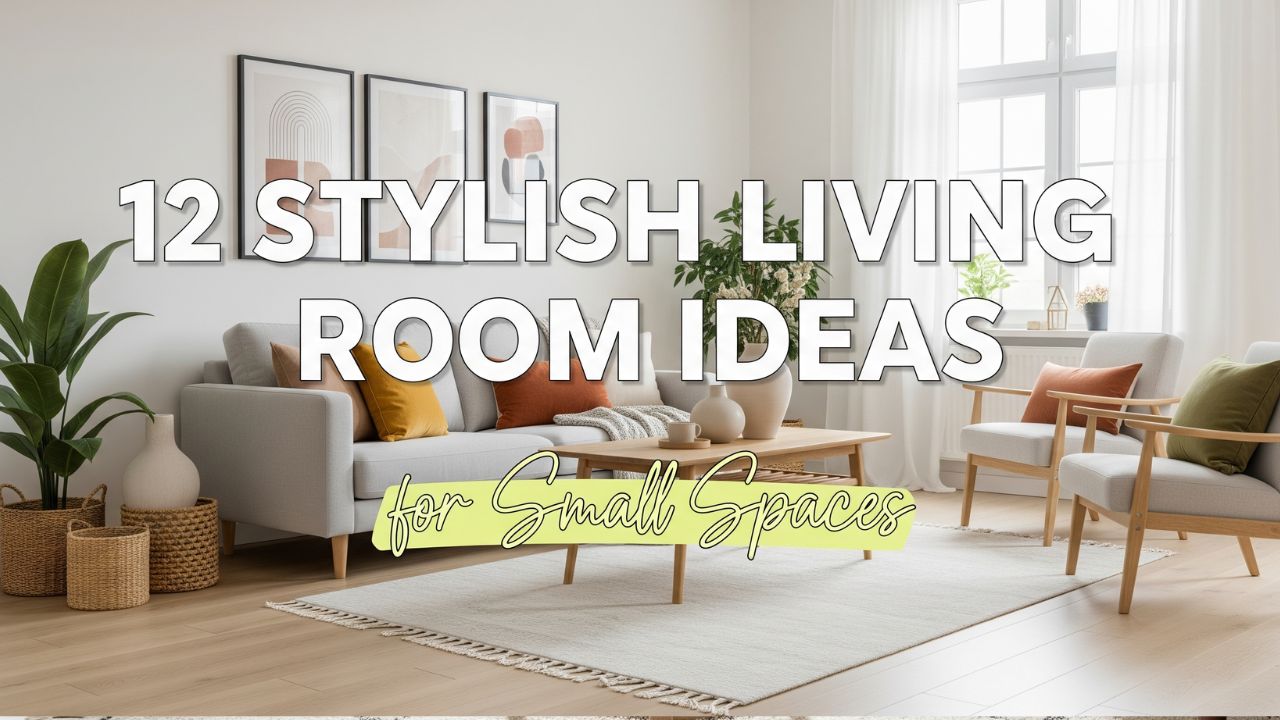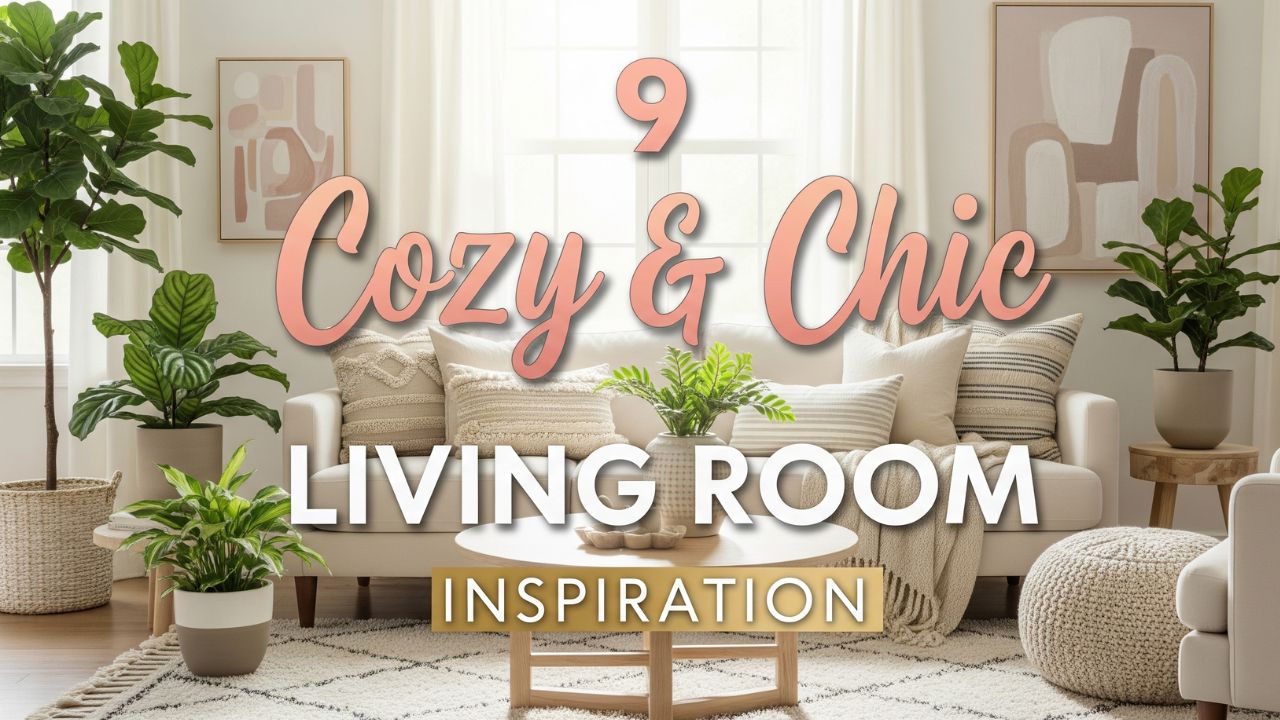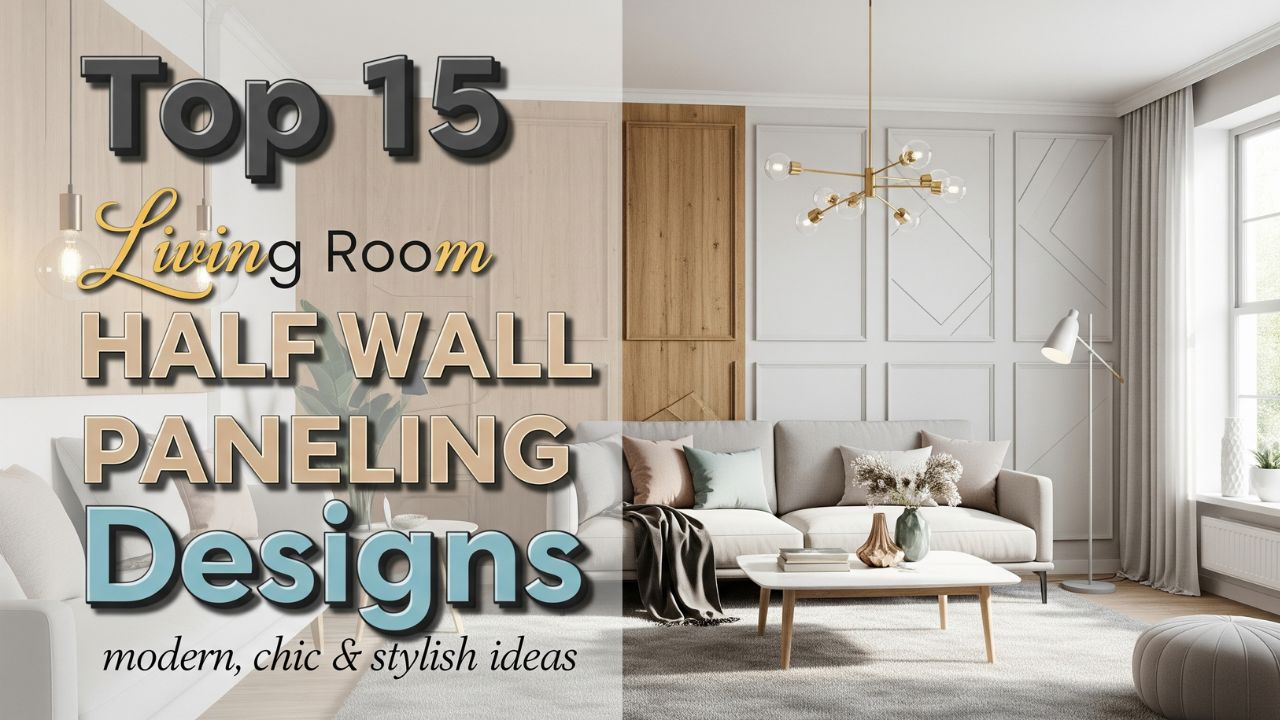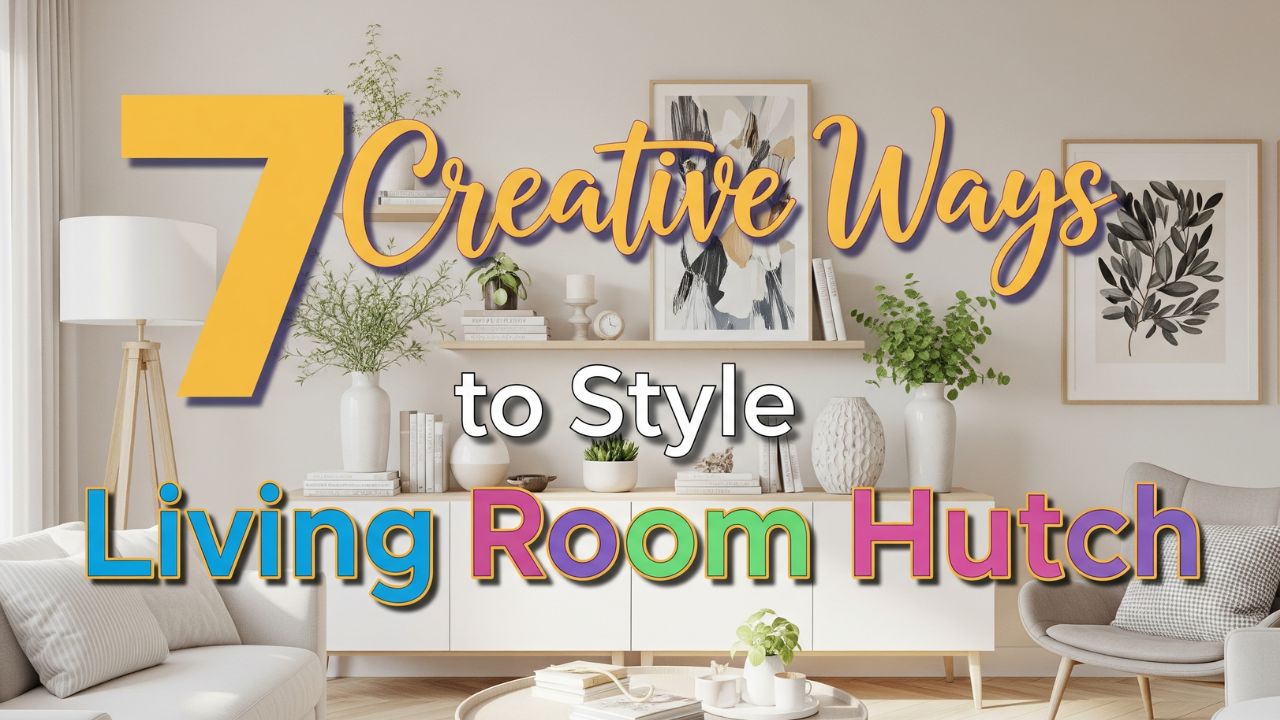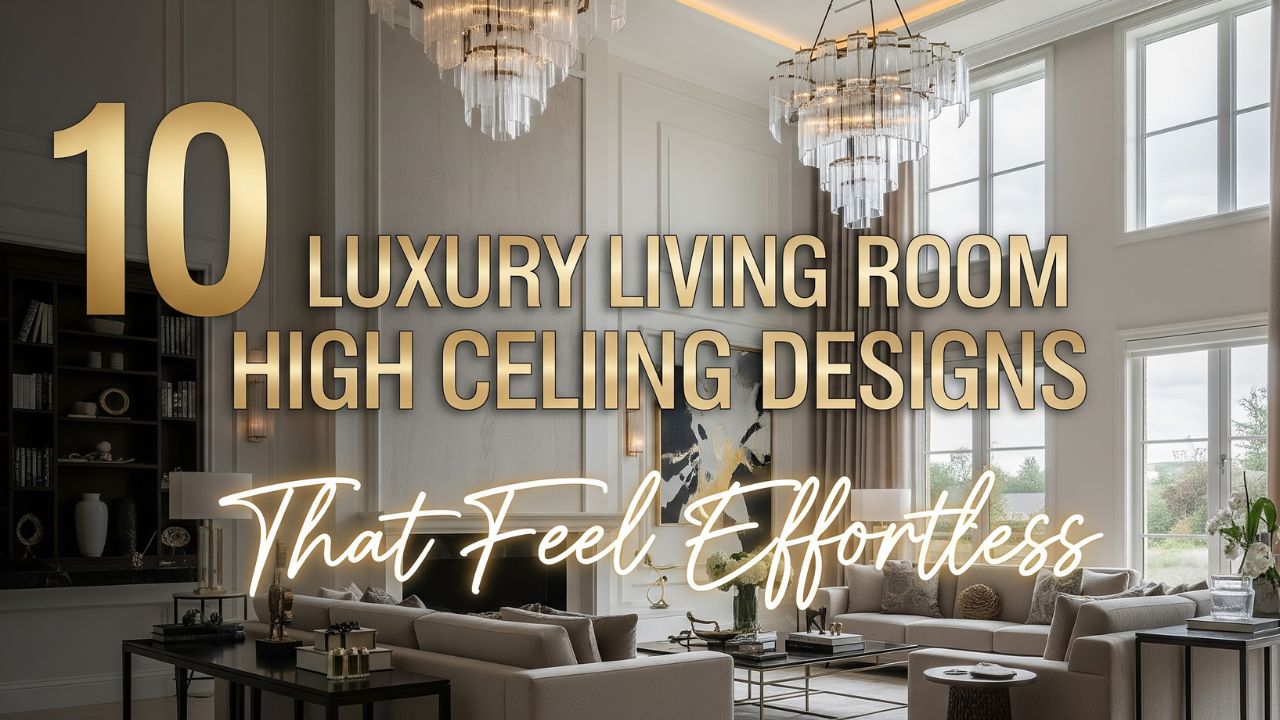Are you craving a living room that breathes simplicity, elegance, and functionality? The minimalist design philosophy might just be the key.
Imagine coming home after a long day and stepping into a serene, clutter-free environment where every piece of furniture and decor serves a purpose.
Minimalist living rooms are all about creating a calm and stylish space by stripping away excess and focusing on what truly matters. If you’re ready to embrace this design trend, you’re in for a treat.
In this post, we’ll explore seven minimalist living room interior designs that will elevate your home.
Whether you’re a fan of sleek, modern lines or appreciate subtle textures, these design ideas will inspire you to transform your space into a peaceful haven. Let’s dive into the world of minimalist living rooms and discover how less truly can be more.

Table of Contents
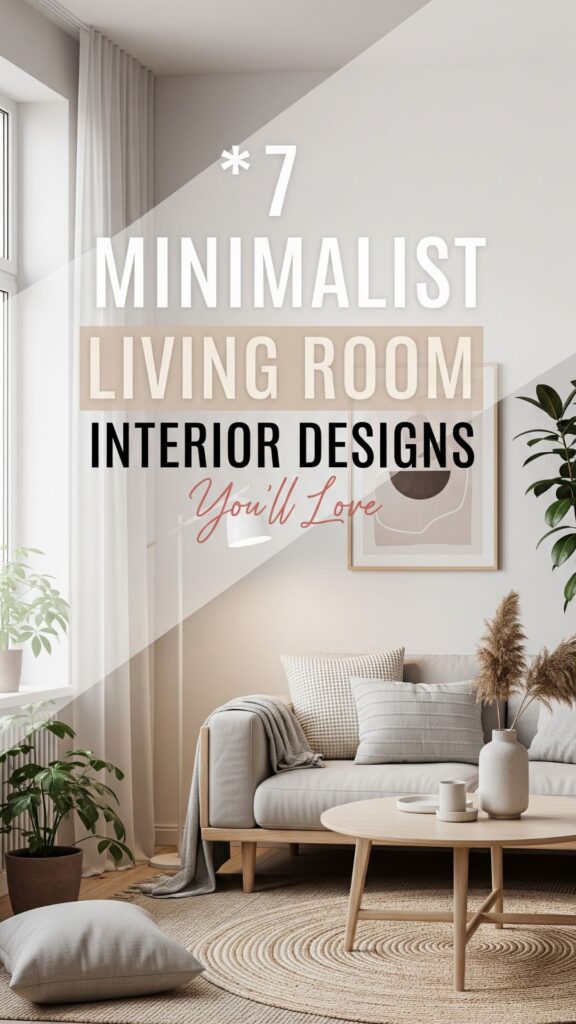
7 Minimalist Living Room Interior Designs
1. The Modern Scandinavian Minimalist
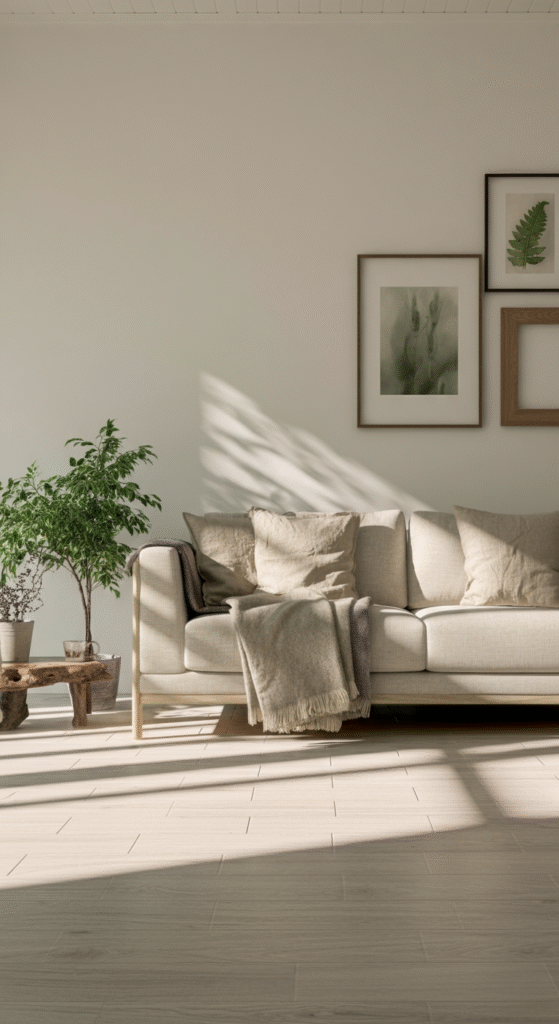
The Scandinavian design style has long been celebrated for its simplicity and warmth. With clean lines, neutral colors, and an emphasis on natural light, Scandinavian minimalism is perfect for creating an inviting living room.
Think light-colored wooden floors, sleek white walls, and a mix of soft textures like wool throws and linen cushions. The key here is to create a cozy yet uncluttered environment.
Do you know? The Scandinavian style is inspired by the harsh winters of the Nordic countries, which led people to embrace simple, functional, and bright interiors. The goal was to create spaces that were not only visually appealing but also nurturing and comfortable during the long winter months.
2. Monochrome Minimalism
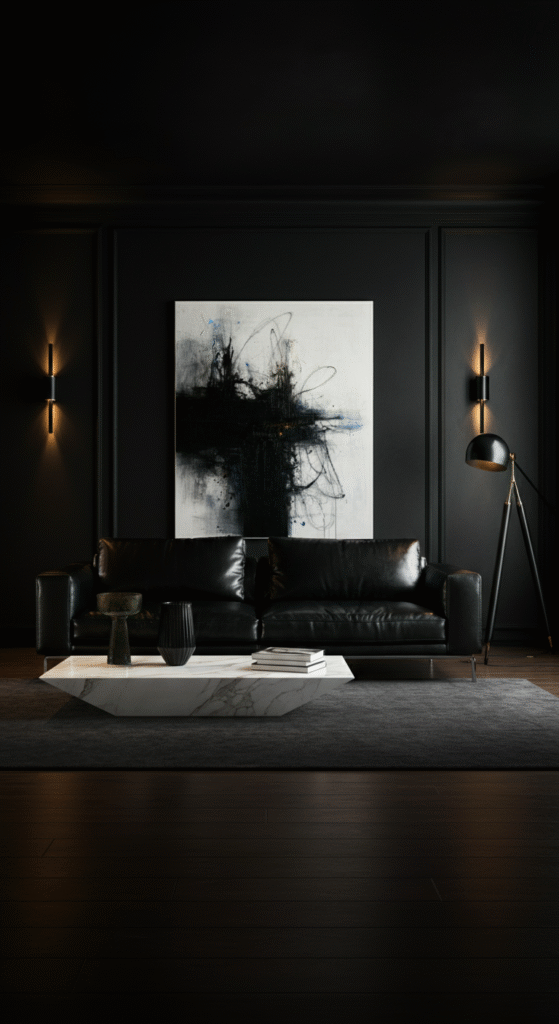
If you’re a fan of bold, striking interiors, a monochrome minimalist living room might be just what you need. The idea is to stick to a single color palette, often using various shades of black, white, or gray.
The lack of color allows every detail in the room to stand out, whether it’s a black leather sofa or a white marble coffee table. This design concept can make your living room look both sophisticated and sleek, perfect for those who want a minimalist but edgy vibe.
Interesting Fact: Studies have shown that monochrome color schemes can have a calming effect on the mind, reducing stress and promoting relaxation. It’s no wonder this style has become a favorite in modern, minimalist spaces.
3. Natural Minimalism
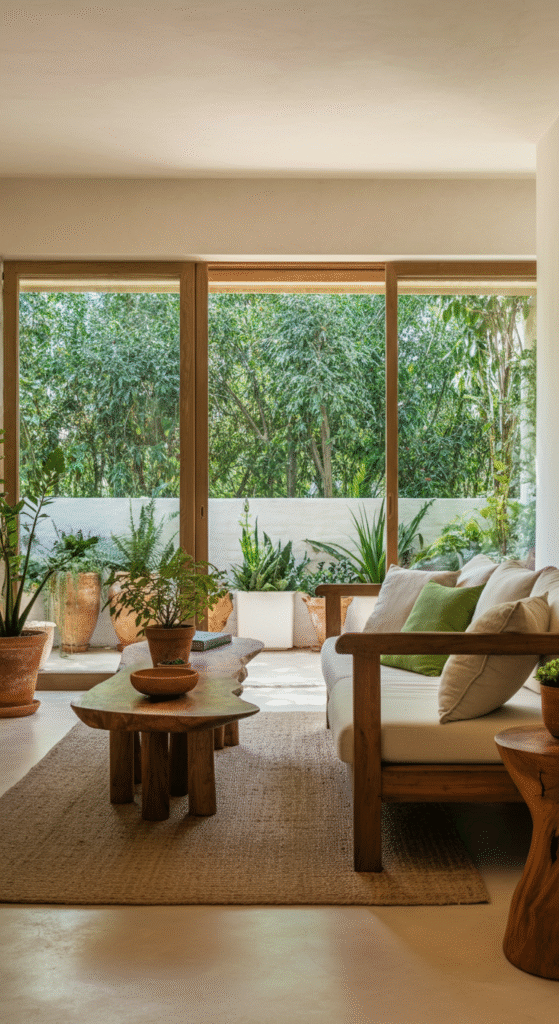
For a living room that feels connected to nature, consider incorporating elements like plants, stone, and wood into your design. The natural minimalist style uses organic materials to create a sense of calm and balance.
Large windows that let in plenty of sunlight, potted plants, and furniture made of wood or stone are all hallmarks of this design. The key is to keep the space simple while allowing the natural beauty of the materials to shine.
Did you know? Adding plants to your living room doesn’t just improve the aesthetic; studies have shown that indoor plants can enhance air quality, reduce stress, and even boost productivity. This makes them an excellent addition to any minimalist living space.
4. The Japanese-Inspired Zen Living Room
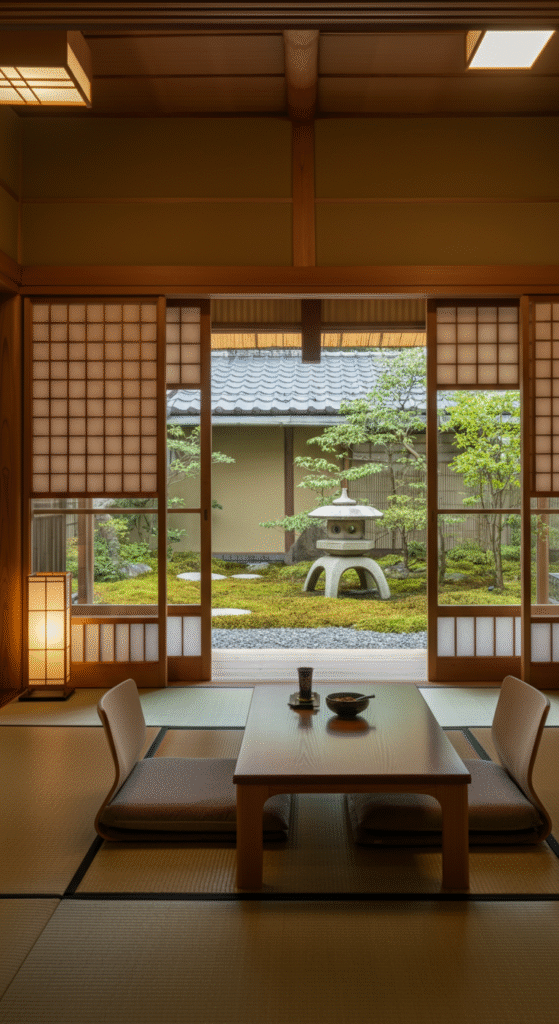
Inspired by the peaceful Japanese Zen philosophy, this minimalist living room design focuses on simplicity, harmony, and the natural world. It features clean lines, neutral tones, and low-profile furniture.
Tatami mats, sliding doors, and traditional Japanese-style furniture like futons or low coffee tables are common elements. This design encourages quiet reflection and mindfulness, making it an ideal choice for those seeking a tranquil living room retreat.
Interesting Fact: Zen design principles emphasize the importance of space and balance. In fact, the concept of “ma,” which refers to the space between objects, is central to Japanese interior design. It symbolizes peace and the idea that emptiness can bring harmony.
5. Industrial Minimalism
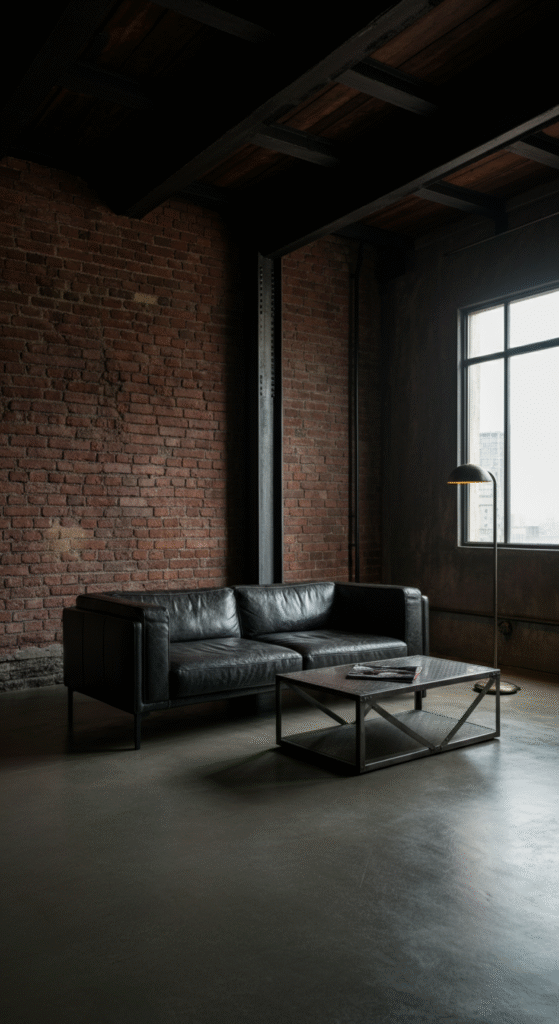
If you’re drawn to raw, urban aesthetics, an industrial minimalist living room might suit you perfectly. Think exposed brick walls, metal accents, and sleek, modern furniture. The industrial style embraces the beauty of unfinished materials, creating a raw yet sophisticated look.
Large, open spaces with minimal decoration make this design both functional and visually striking. By using darker tones like charcoal, steel, and wood, you can create a bold yet minimalist living room that feels both modern and timeless.
Do you know? Industrial design emerged from the conversion of old factories and warehouses into living spaces, particularly in cities like New York and London. The trend celebrates the exposed materials that were once hidden beneath layers of paint and plaster, giving a space an unfinished yet unique charm.
6. Scandi-Boho Fusion
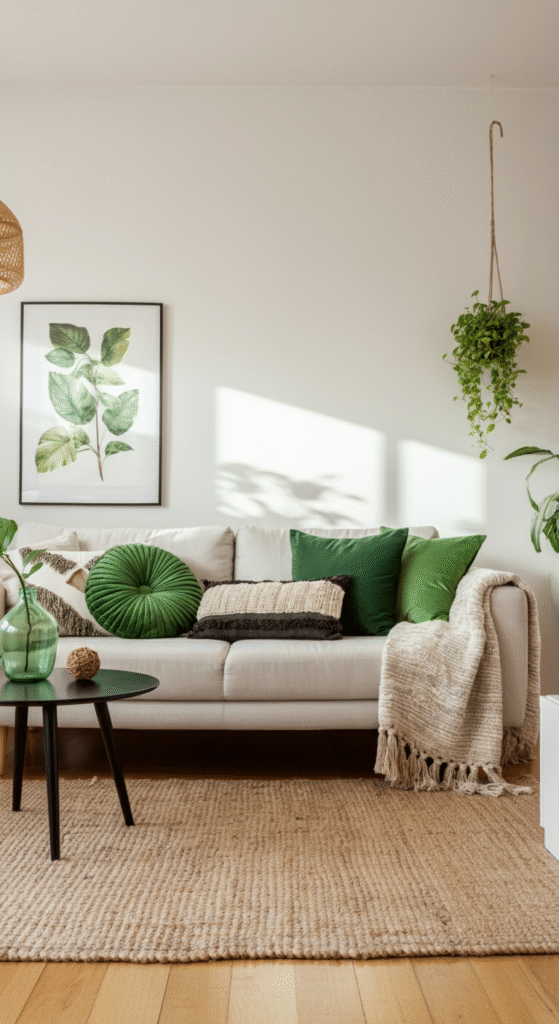
While Scandinavian design is known for its minimalism, the boho (short for bohemian) style brings a fun, eclectic flair to the mix. The Scandi-boho fusion combines the simplicity of Scandinavian design with the free-spirited, lived-in vibe of boho decor.
You can expect natural textures like rattan, jute rugs, and handwoven throws, combined with sleek Scandinavian furniture. The result is a minimalist living room that’s warm, inviting, and full of character.
Interesting Fact: The boho style is inspired by artists and travelers who sought a relaxed, unconventional lifestyle. This laid-back design incorporates globally inspired pieces, making it ideal for those who want to add personality to their minimalist living room without overwhelming the space.
7. Minimalist with Statement Art
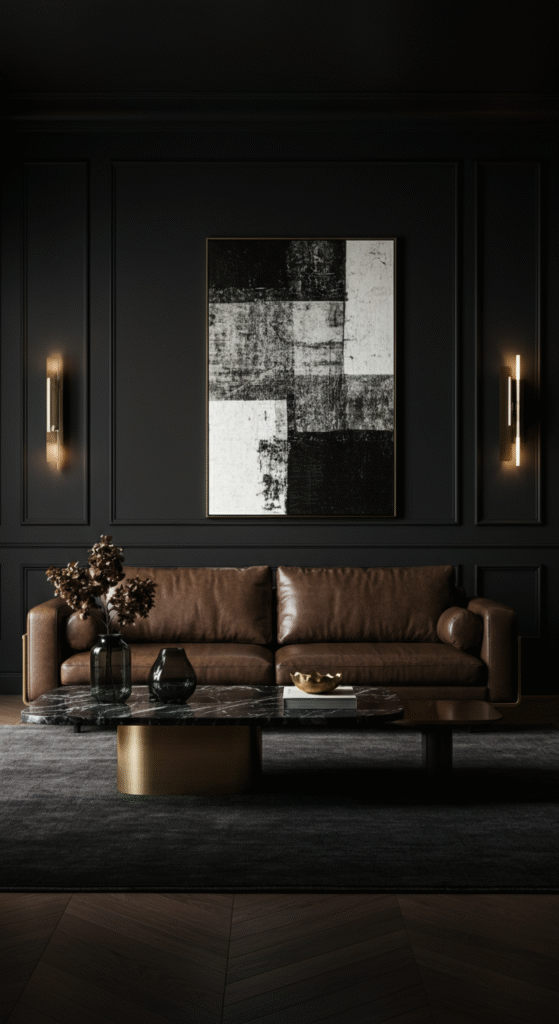
If you want to maintain a minimalist aesthetic but still inject some personality into your space, a minimalist living room with statement art is a perfect choice. The key is to choose one or two large pieces of artwork that capture your style, whether it’s abstract, modern, or nature-inspired.
The rest of the space should remain simple, with neutral tones and minimal furniture, allowing the art to take center stage. This approach adds a personal touch while keeping the room uncluttered.
Did you know? Minimalist art, often using geometric shapes or monochromatic color schemes, has been praised for its ability to evoke emotion through simplicity. In a minimalist living room, artwork can serve as the perfect focal point, providing both visual interest and a sense of balance.
Conclusion
Minimalist living room designs are not just about reducing clutter but about creating spaces that are functional, serene, and beautiful.
Whether you opt for a Scandinavian-inspired retreat, a bold monochrome look, or a nature-infused room, minimalist designs allow you to craft a space that’s both aesthetically pleasing and calming. The key is to choose quality over quantity, focus on clean lines and natural materials, and let your space breathe.
So, which minimalist living room design resonates with you? Is it the Zen-inspired space for meditation and relaxation or the industrial chic look that screams sophistication? Whatever your style, embracing minimalism can help you create a home that feels both refreshing and timeless.
Frequently Asked Questions (FAQs)
What is minimalist interior design?
Minimalist interior design is a style that focuses on simplicity and functionality. It emphasizes clean lines, neutral color palettes, and a clutter-free environment. The idea is to reduce unnecessary elements and keep only the essentials that serve a purpose, creating a peaceful and open space.
How can I make my living room look minimalist?
To create a minimalist living room, start by decluttering. Choose furniture with simple, clean lines and neutral colors. Opt for functional pieces that don’t overwhelm the space. Incorporate natural materials like wood, stone, or plants for added warmth and texture. Keep the décor to a minimum, using a few statement pieces rather than overdecorating.
What colors are best for a minimalist living room?
Neutral colors are often used in minimalist designs. Shades of white, beige, gray, and soft pastels help create a calm, spacious environment. Darker colors like charcoal or navy can add sophistication, but they should be balanced with lighter tones to avoid making the space feel heavy.
Can minimalist design be cozy?
Yes! Minimalism doesn’t mean sacrificing comfort. You can make a minimalist living room cozy by incorporating soft textiles, like wool throws, linen cushions, and plush rugs. Natural light and a few carefully selected, comfortable furniture pieces can make the space feel warm and inviting.
Is it possible to have a minimalist living room with kids or pets?
Absolutely! A minimalist design is versatile and can work for families with kids or pets. Choose durable, easy-to-clean furniture and avoid too many fragile or unnecessary items. Focus on practical, functional pieces that provide comfort and organization while maintaining a clean, clutter-free look.
